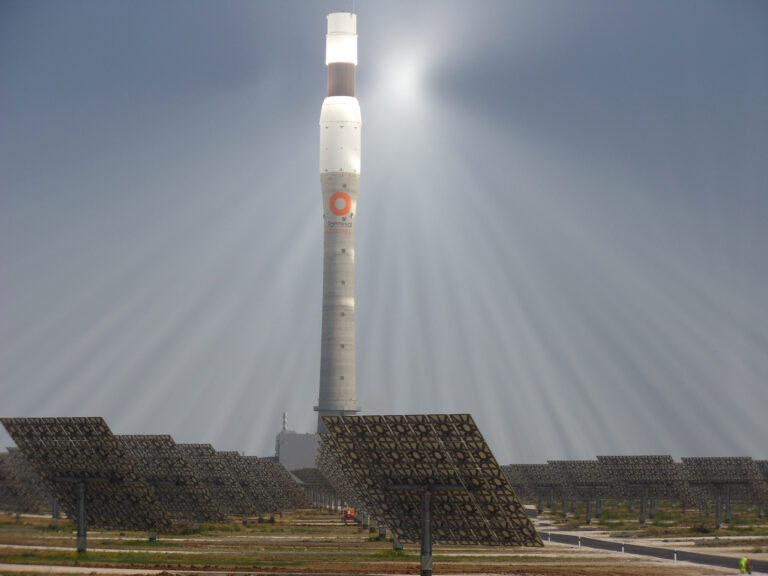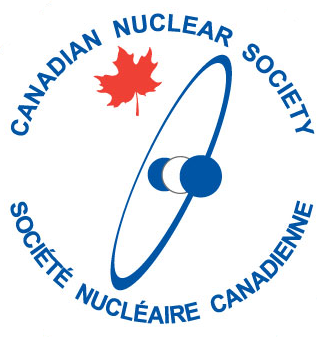How can nuclear reactors work with renewable energy?

Renewable energy is the cleantech slowly replacing fossil fuels, however, it has a big hurdle to overcome; its reliance on if the sun is shining and the winds are blowing. Next-generation nuclear designs can comfortably fill this gap while also providing useful byproducts. With nuclear’s higher temperatures it can perform methane pyrolysis to produce hydrogen gas, a clean-burning fuel. This method of hydrogen production avoids producing CO2 emissions that are emitted as part of most hydrogen production while also being a significantly more efficient process compared to hydrogen generated by renewables. When nuclear isn’t being utilized it has the ability to solve renewables’ other big concern; storage. New generation reactors have considered molten salt storage, pumping excess heat into salt which liquefies and holds that energy until it can be utilized. This technology is similar to how solar thermal generation works, which is a proven and very effective method of heat generation. The advantage of nuclear is not having to rely on specific solar conditions/locations, while also generating a considerably greater amount of energy in a smaller package.
To learn more about molten salt reactors in Canada visit: https://www.terrestrialenergy.com/
